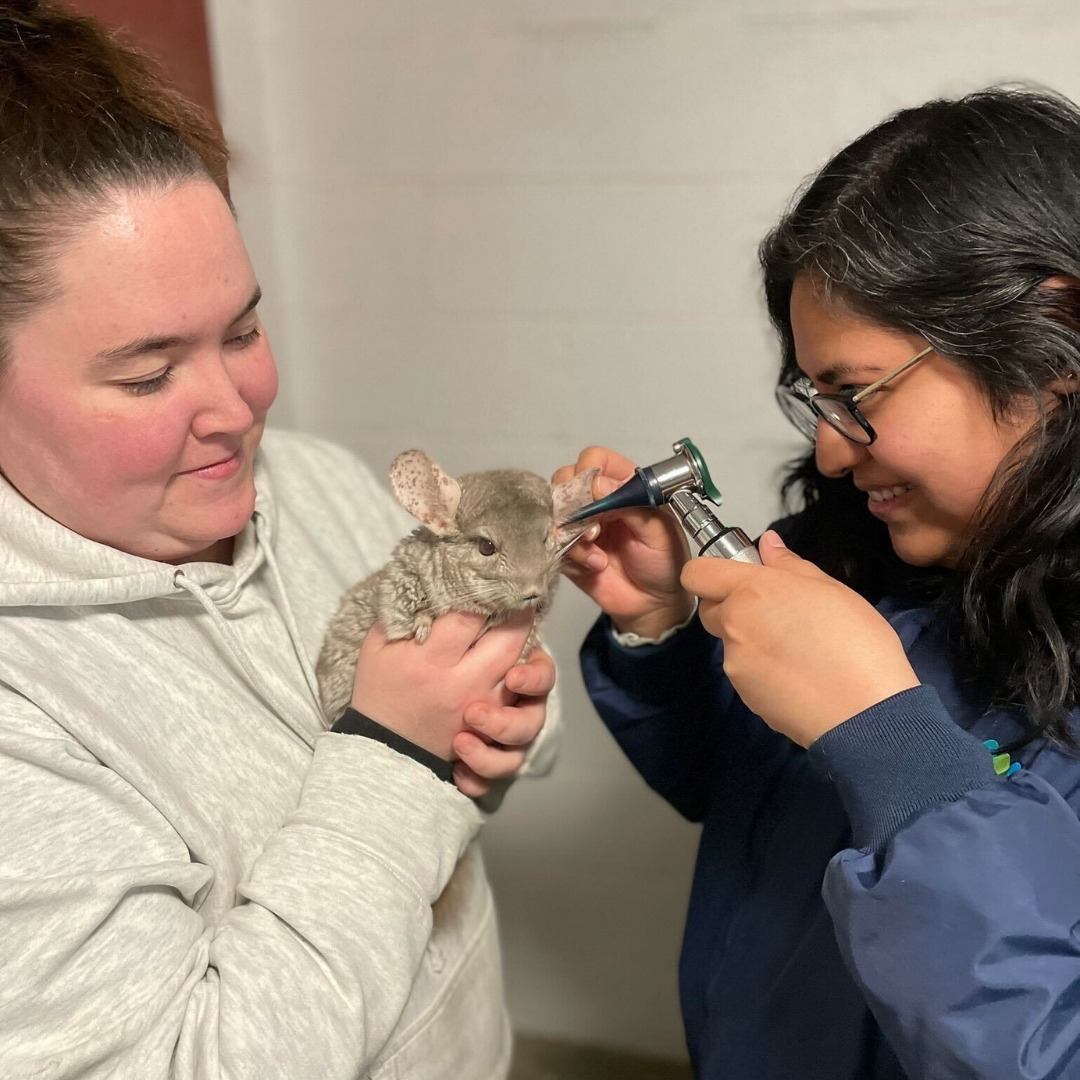– The importance of routine health check-ups for ambassador animals like chinchillas in educational departments of zoos
– The role of keepers and veterinary technicians in maintaining the health and well-being of zoo animals
– The significance of ambassador animals in wildlife conservation education and community engagement
– Standard procedures during health examinations for small mammals, with a focus on chinchillas
Routine health check-ups are a critical aspect of animal care in zoological settings. Ambassador animals in educational departments serve as a bridge between the public and wildlife conservation efforts. They help to cultivate interest and understanding in species that might not be well known to the general populace. With their soft fur and expressive demeanor, Chinchillas make excellent educational ambassadors. This article will examine the comprehensive approach to health assessments for chinchillas like Baby, an ambassador animal.
Let’s delve into the role of animal keepers and veterinary technicians, such as Jackie and Natalia, who are entrusted with the health and wellness of ambassador animals. Caring for zoo animals requires animal behavior, dietetics, and veterinary medicine knowledge. Keepers are typically the first line of defense, closely monitoring the animals daily. They are adept at noticing subtle changes in behavior or appearance that could signal health issues. In the case of Baby, the Chinchilla, keeper Jackie’s routine observation is fundamental for timely medical reviews.
Veterinary technicians like Natalia work alongside veterinarians to provide expert care. They are skilled in conducting various health assessments, from taking vital signs to performing diagnostic tests. During Baby’s check-up, examining the ears and eyes is just a part of the comprehensive health evaluation; these components can reveal much about an animal’s overall health. Eye examinations can detect conditions like cataracts or signs of systemic health issues, while ear inspections could uncover infections or mite infestations.
Health check-ups in small mammals require particular attention, given their size and unique physiology. Chinchillas, for example, are known for their dense fur, which necessitates special care to prevent fur mats and related skin conditions. Moreover, their ears and eyes must be checked carefully due to the delicate nature of their structures. Their dental health is another critical element, as their teeth continually grow throughout their lives, and malocclusions can cause serious health issues.
Ambassador animals play a pivotal role in wildlife conservation education. They represent their species, allowing people to learn about animals they may never encounter in the wild. These animals must be in peak condition for their well-being and to serve as effective educational tools. Engaging storytelling and direct interaction with ambassador animals like Baby the Chinchilla encourages empathy and a deeper understanding of conservation issues.
ZOo management continuously adapts to support the health of the animals in their care. This includes crafting individualized health plans for each animal, active engagement in environmental enrichment, and ongoing training for keepers and veterinary staff. In managing the needs of ambassador animals, zoos contribute to a larger conversation about preserving species and their natural habitats.
Indeed, maintaining the health of ambassador animals in education departments is crucial. Regular check-ups, such as the one received by Baby the chinchilla, symbolize the commitment to animal care expected in contemporary zoological institutions. Through efforts like these, zoos provide for the animals and foster a connection with visitors that can inspire conservation action well into the future. Engaging with ambassador animals offers a glimpse into the vibrant tapestry of wildlife that zoos strive to protect. Through detailed examinations and attentive daily care, keepers and veterinary technicians like Jackie and Natalia are integral in sustaining individual animal health and public awareness for conservation causes.
*****
Source Description
During a recent routine chinchilla check-up, keeper Jackie and veterinary technician Natalia examined Baby’s ears and eyes. Baby is one of the ambassador animals in our education department.


